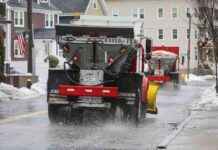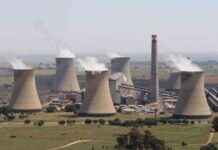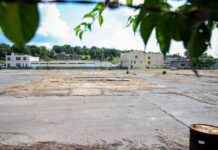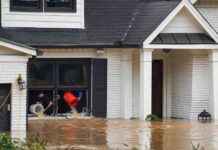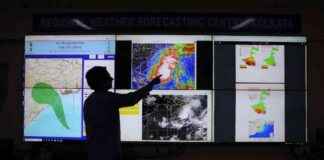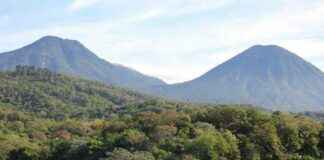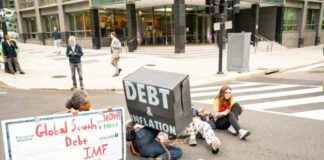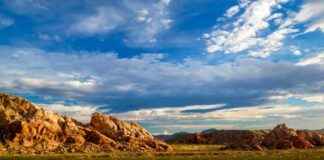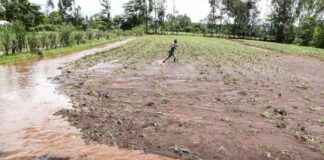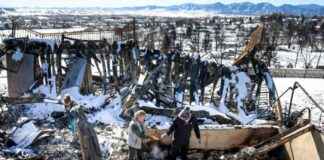The Impact of Climate Change on Urban Areas: Why Every City is at Risk
In the spring of 2016, a devastating fire engulfed the boreal forests surrounding Fort McMurray, a remote Canadian city, setting a grim precedent for the future of urban areas in the face of climate change. This fire, unlike any other, was a harbinger of the terrifying events that lay ahead.
Unprecedented Wildfires and Climate Change
The fire, as chronicled by journalist John Vaillant in his book “Fire Weather,” was a result of soaring temperatures, drought, and high winds that transformed Fort McMurray into an apocalyptic hellscape. Vaillant’s insights shed light on the parallels between this disaster and the fires currently ravaging Los Angeles, emphasizing the urgent need to address climate change on a global scale.
Vaillant’s perspective on the fires in Los Angeles highlights the systemic nature of climate change, intensifying naturally occurring phenomena and pushing them to unprecedented levels. The fires in California, fueled by extreme heat and drought, underscore the urgent need for a paradigm shift in how we approach energy consumption and urban planning.
Lessons from Fort McMurray
Despite the catastrophic impact of the Fort McMurray fire, the city has failed to implement significant changes in response to the disaster. The refusal to acknowledge the changing climate and the reliance on the petroleum industry pose significant risks for future fire events, painting a bleak picture of the city’s long-term resilience.
Vaillant’s warnings about the dangers of stubbornly refusing to act on climate change resonate globally, urging cities to reconsider their dependence on fossil fuels and unsustainable practices. The need for proactive measures to mitigate the impact of climate change on urban areas has never been more urgent.
Rethinking Firefighting in the 21st Century
The challenges posed by modern wildfires, characterized by intense heat, erratic winds, and rapid spread, demand a reevaluation of firefighting strategies. Firefighters facing these unprecedented conditions are pushed to their limits, battling flames that exhibit exponential growth and destructive force.
Vaillant’s insights into the physical and emotional toll on firefighters underscore the incredible risks they face in the line of duty. The evolving nature of wildfires, fueled by synthetic materials and exacerbated by climate change, presents a formidable challenge for those tasked with protecting communities.
In conclusion, the narrative of climate change and its impact on urban areas is a stark reminder of the urgent need for collective action to address the escalating threats posed by wildfires. The stories of Fort McMurray and Los Angeles serve as cautionary tales, urging cities to embrace sustainability and resilience in the face of a changing climate. As we confront the realities of a warming world, the lessons learned from these disasters must guide our efforts to build a safer and more sustainable future for all.



